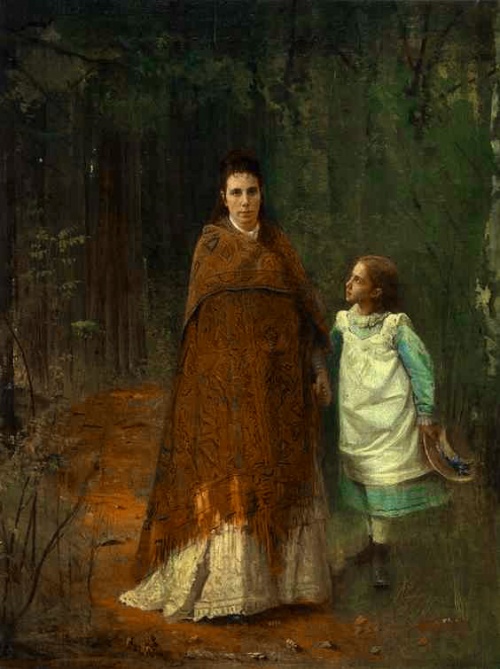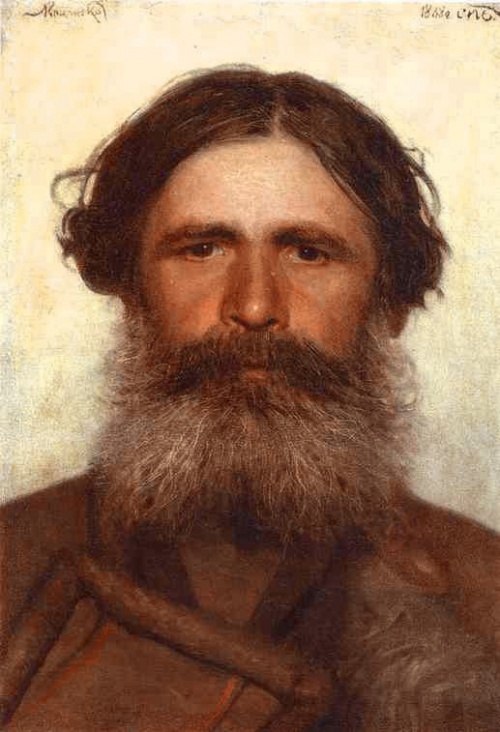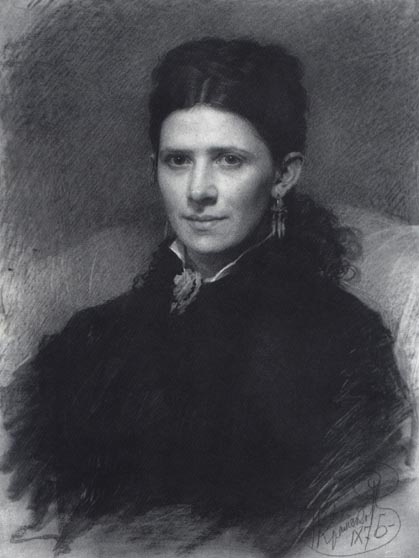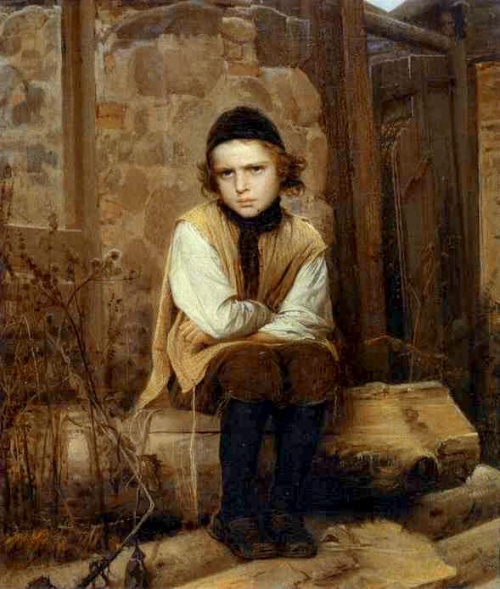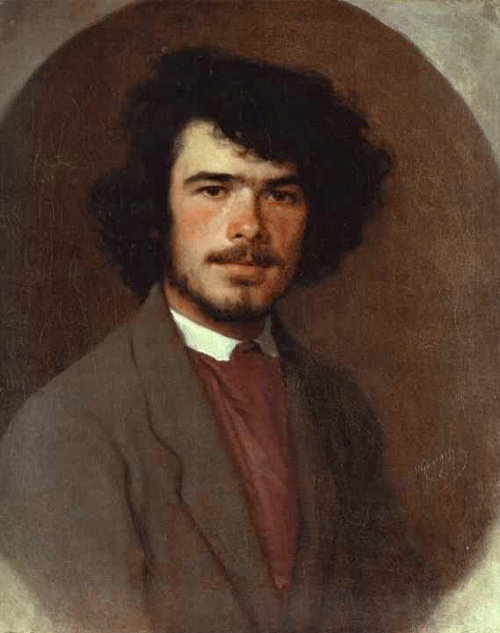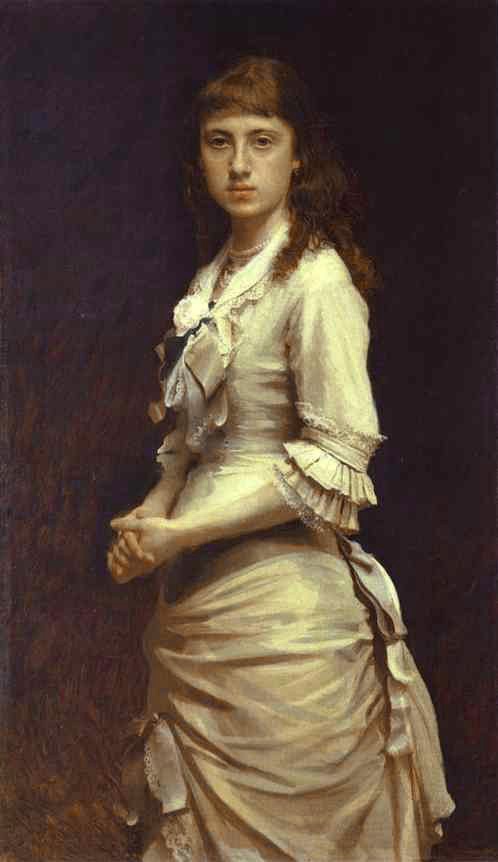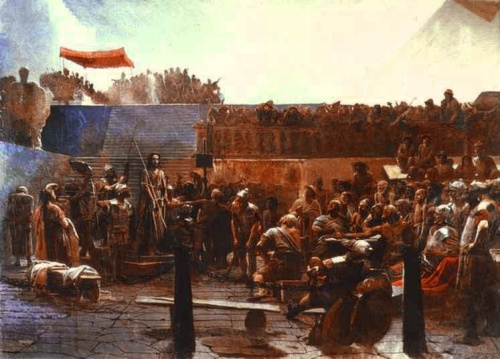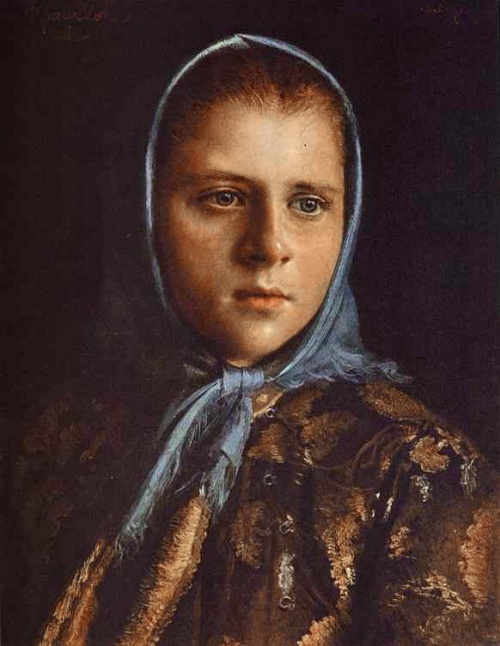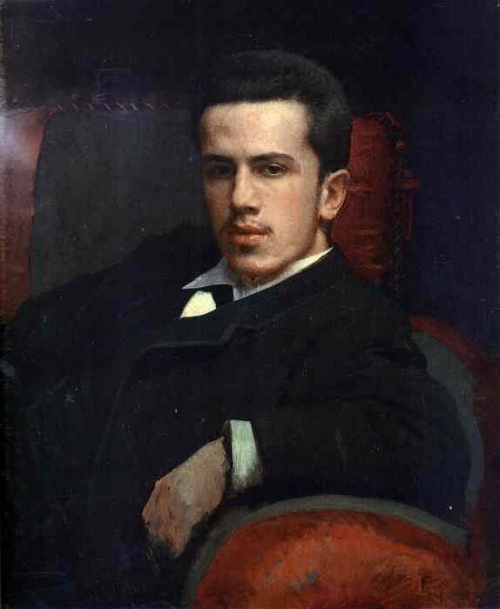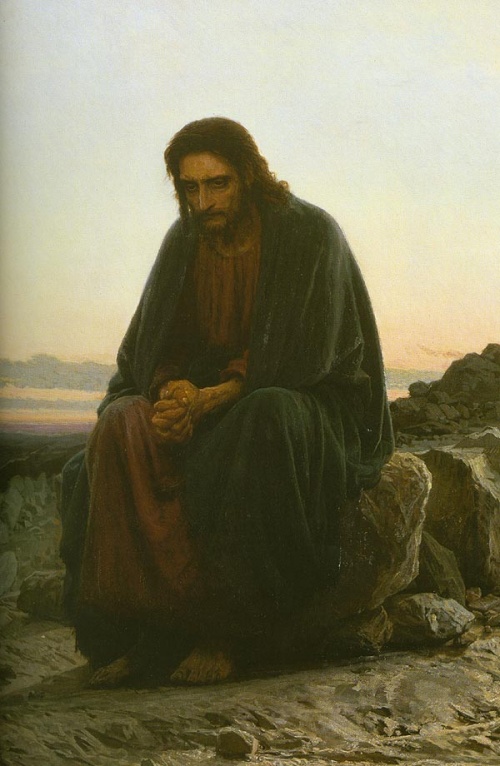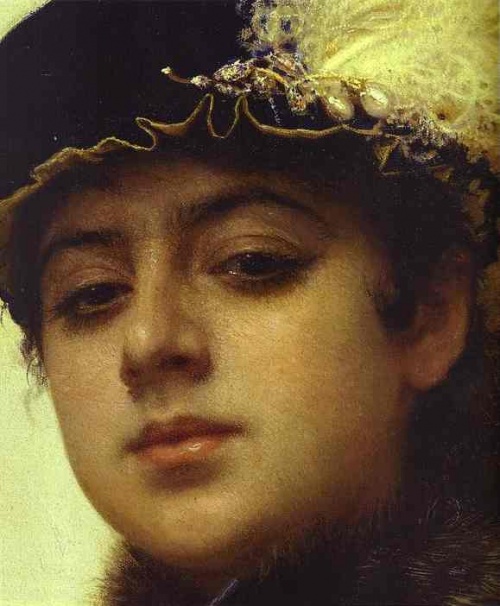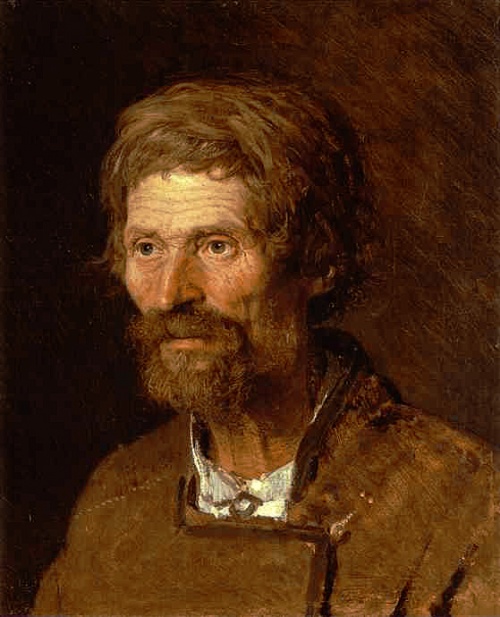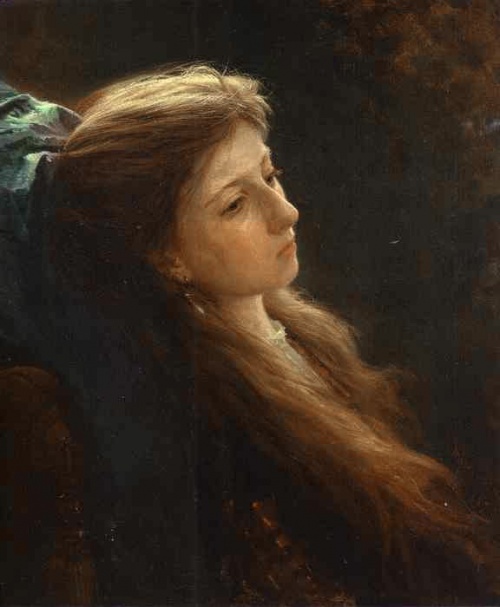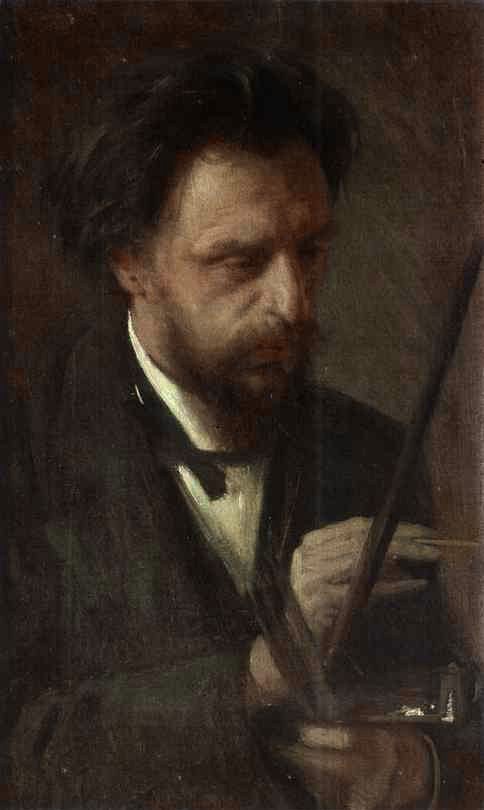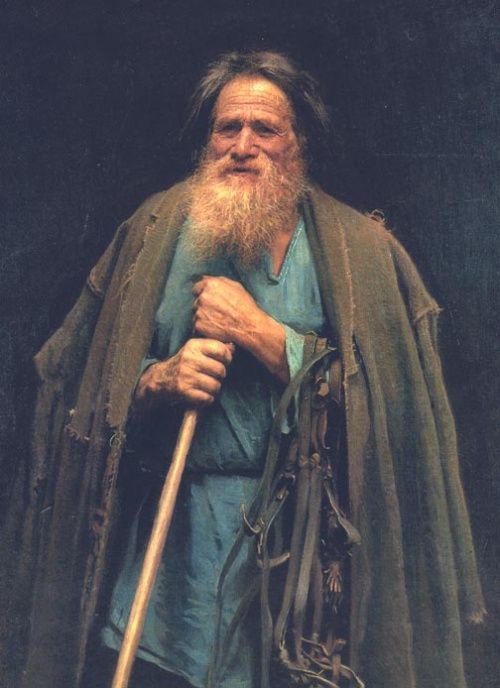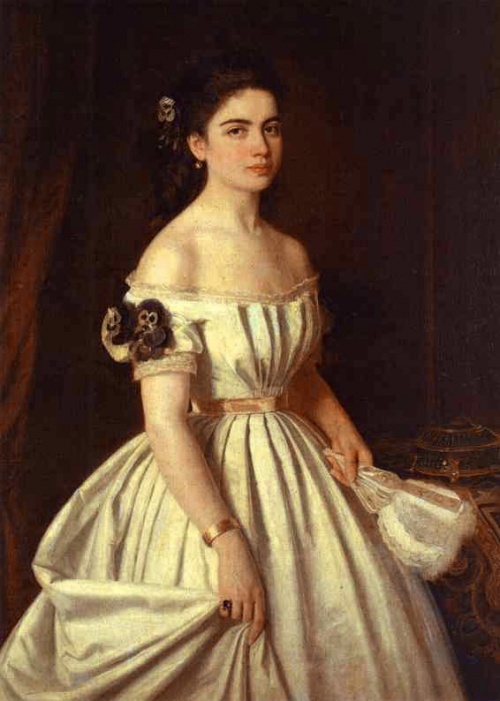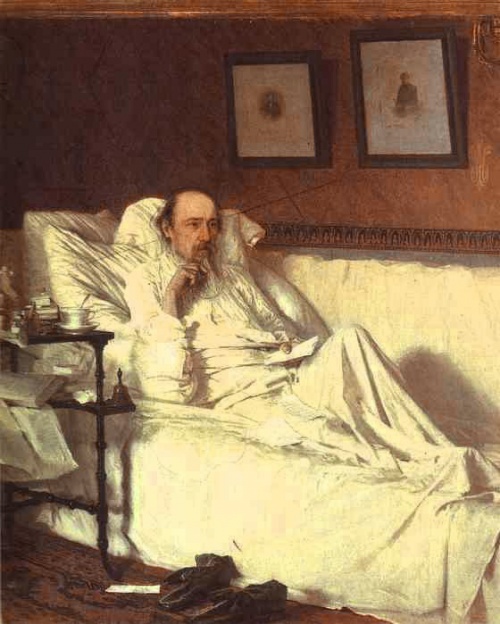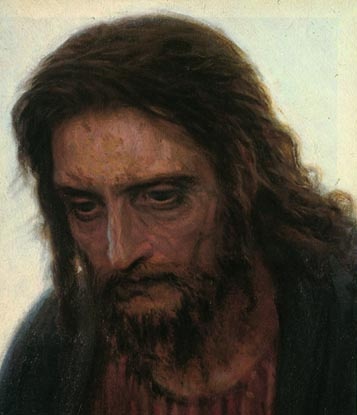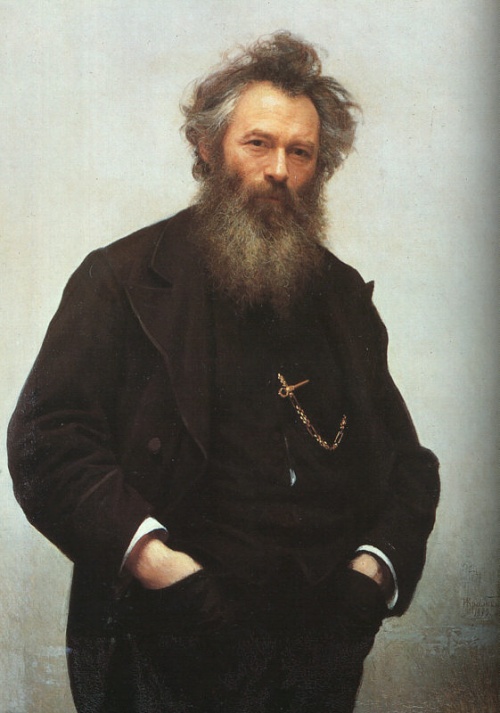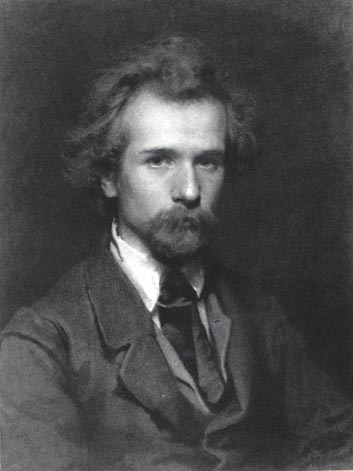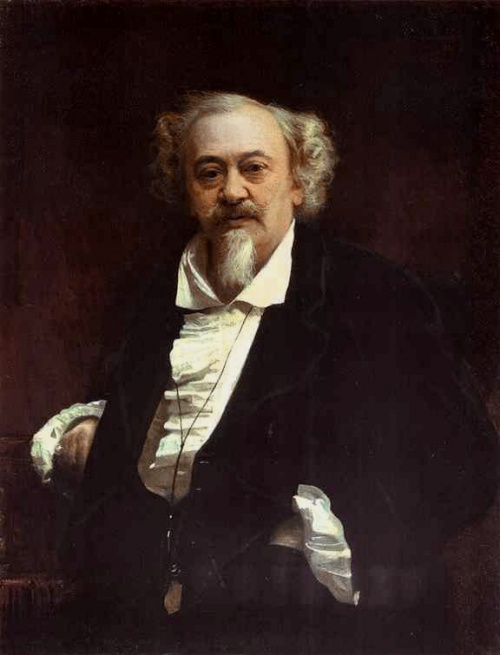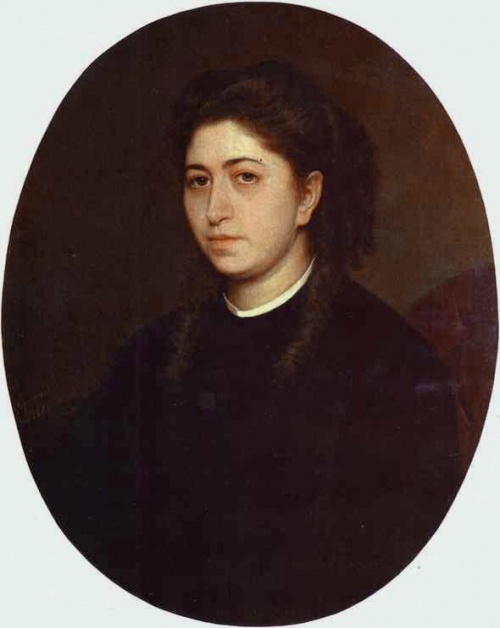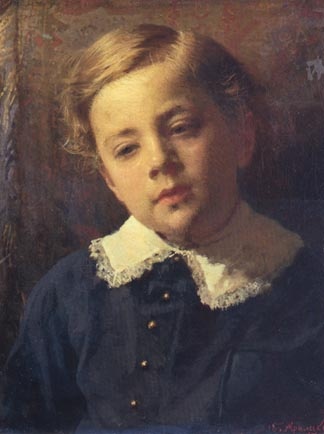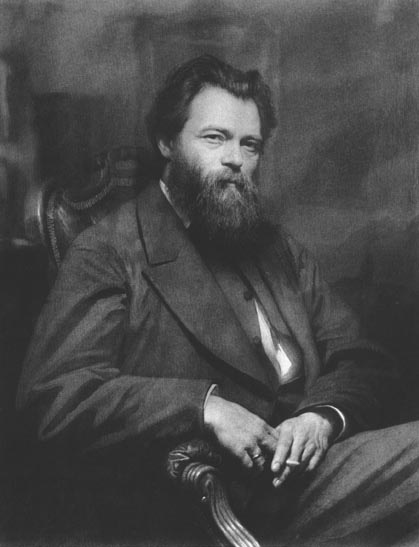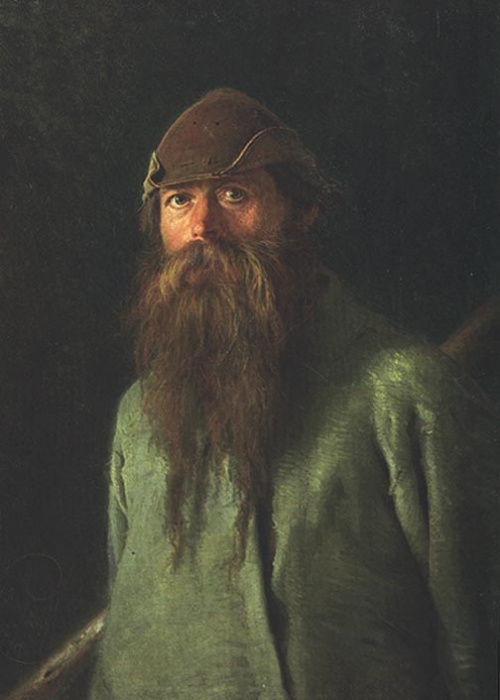Paintings by Ivan Nikolaevich Kramskoy (1837–1887) (49 works)
Разрешение картинок от 324x428px до 694x900px
Born in the provinces, in the family of a clerk, I. N. Kramskoy made his way to art with rare tenacity. At the age of fifteen he became an apprentice to an icon painter, and a year later he became a retoucher to a photographer. In 1857, finding himself in St. Petersburg, he risked taking exams at the Academy of Arts without preparation and was accepted. Having matured early, thinking and well-read, he quickly gained authority among his comrades and, naturally, became one of the leaders of the “revolt of the fourteen” in 1863, when a group of graduates refused to write graduation pictures on a given mythological subject. After the rebels left the Academy of Arts, it was Kramskoy who headed the Artel of Artists created on his initiative - a kind of commune. During these years, he did a lot of portraits, mainly commissioned ones, to earn money, executing them using the “wet sauce” technique, which made it possible to imitate photography. Of his early works, the portrait of V. M. Maksimov (1866) and self-portrait (1867) especially stand out.
However, over time, Artel began to gradually deviate in its activities from the high moral principles declared at its inception, and Kramskoy left it, carried away by a new idea - the creation of TPHV. He took part in the development of the Charter of the Partnership and immediately became not only one of the most active and authoritative members of the board, but also the ideologist of the Partnership, defending and justifying the main positions. What distinguished him from other leaders of the Association was his independence of worldview, rare breadth of views, sensitivity to everything new in the artistic process and intolerance to any dogmatism.
Kramskoy's portraits are the most realistic; in them he achieved accuracy and at the same time significance of character and details, especially when he painted cultural figures or folk types (L.N. Tolstoy, 1873; Polesovshchik, 1874; P.M. Tretyakov, 1876; A.D. Litovchenko , 1878; M.E. Saltykov, 1879; all in the Tretyakov Gallery; A.S. Suvorin, 1881, Russian Museum, St. Petersburg; Peasant with a bridle, 1883, Museum of Russian Art, Kyiv). Gravitating towards a psychologically capacious restraint of color, he often used the monochrome sauce technique (F.A. Vasiliev, 1871, Tretyakov Gallery).
Kramskoy's thematic canvases, acutely dramatic or melancholy-mysterious (Mermaids, 1871; Christ in the Desert, 1872; Inspection of an Old House, 1873; Inconsolable Grief, 1884), are close to the poetics of symbolism, as well as some of his images, personifying the “eternally feminine.” "beginning (Moonlit Night, 1880; Unknown, 1883; all - in the same place). He worked fruitfully as a teacher (at the Drawing School of the Society for the Encouragement of the Arts, 1863–1868).
Kramskoy died in St. Petersburg on March 24 (April 5), 1887.
